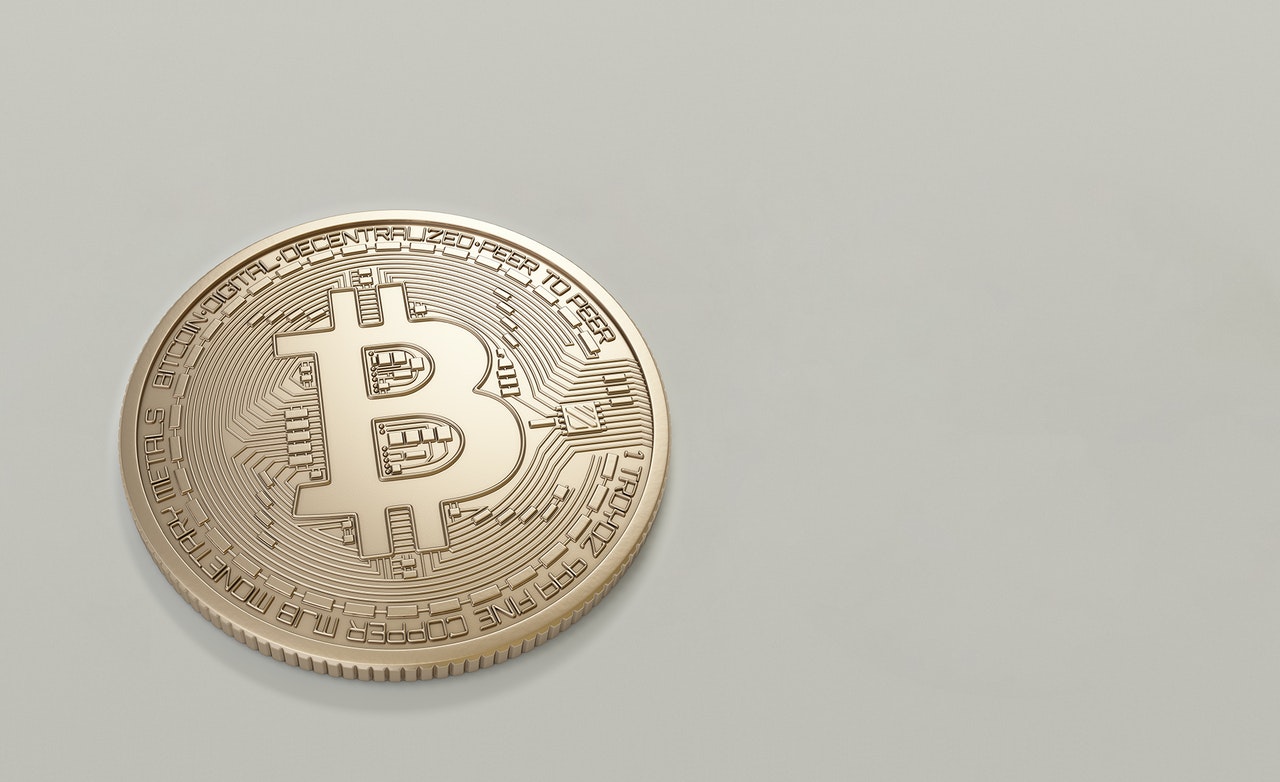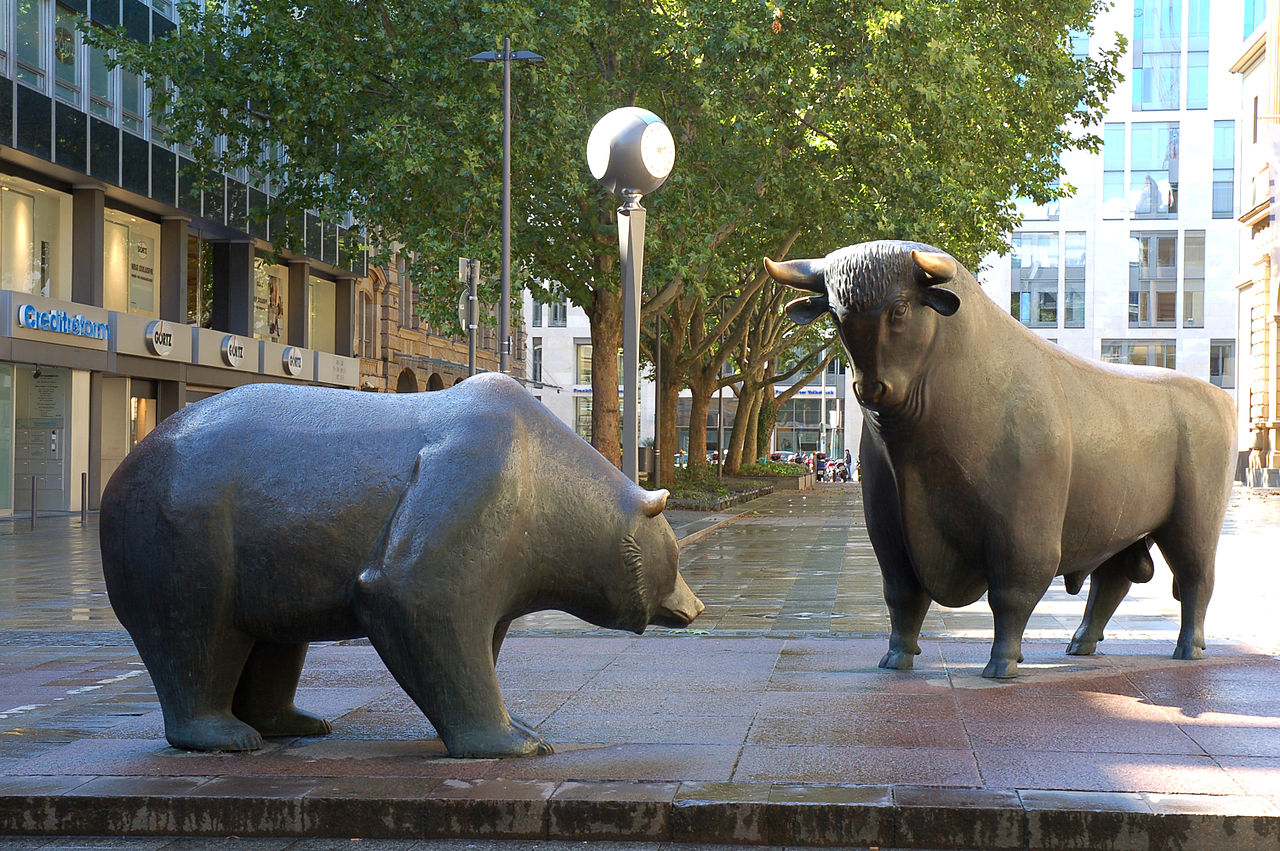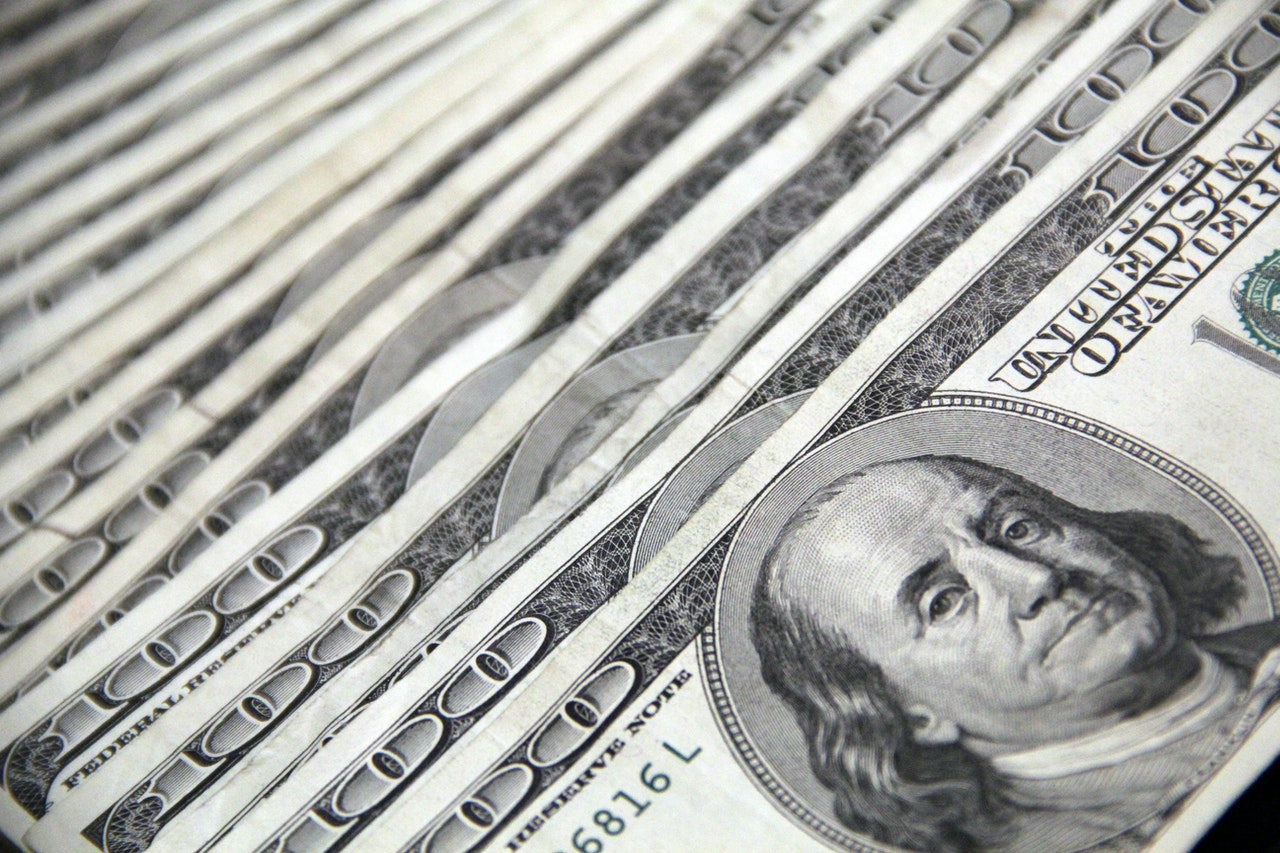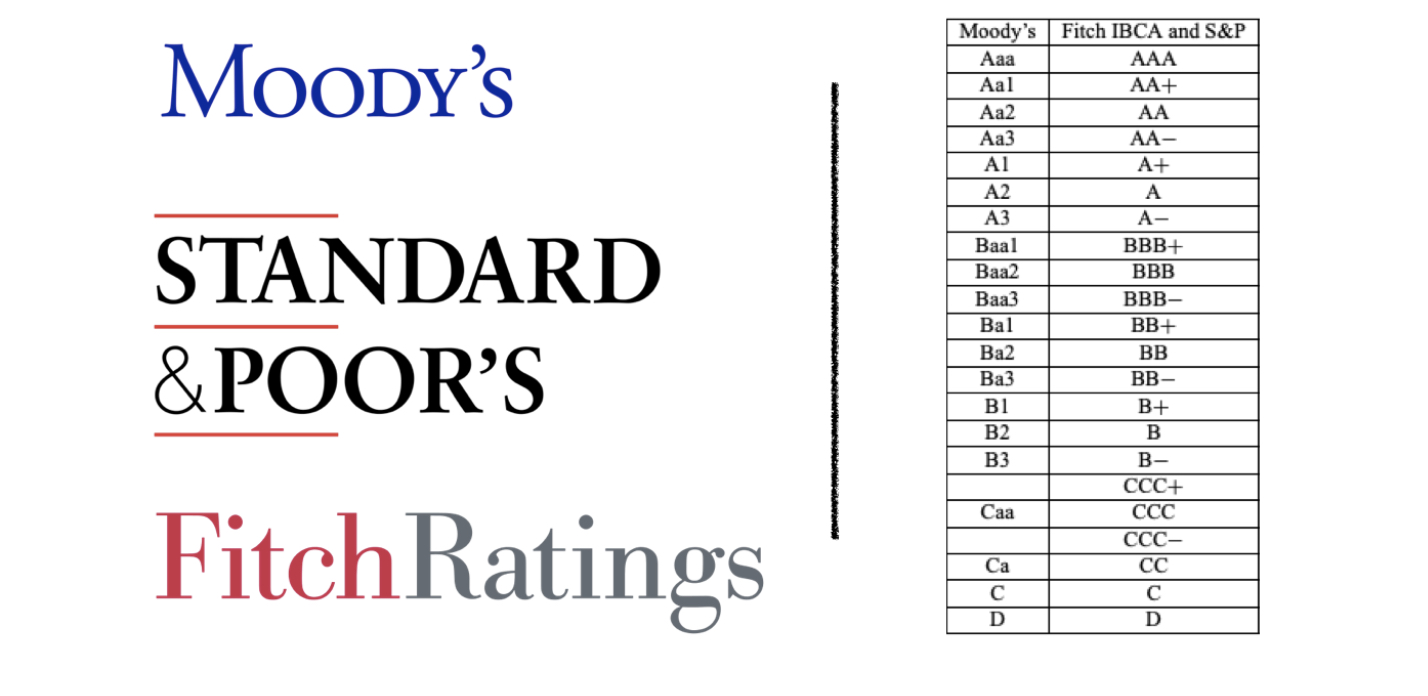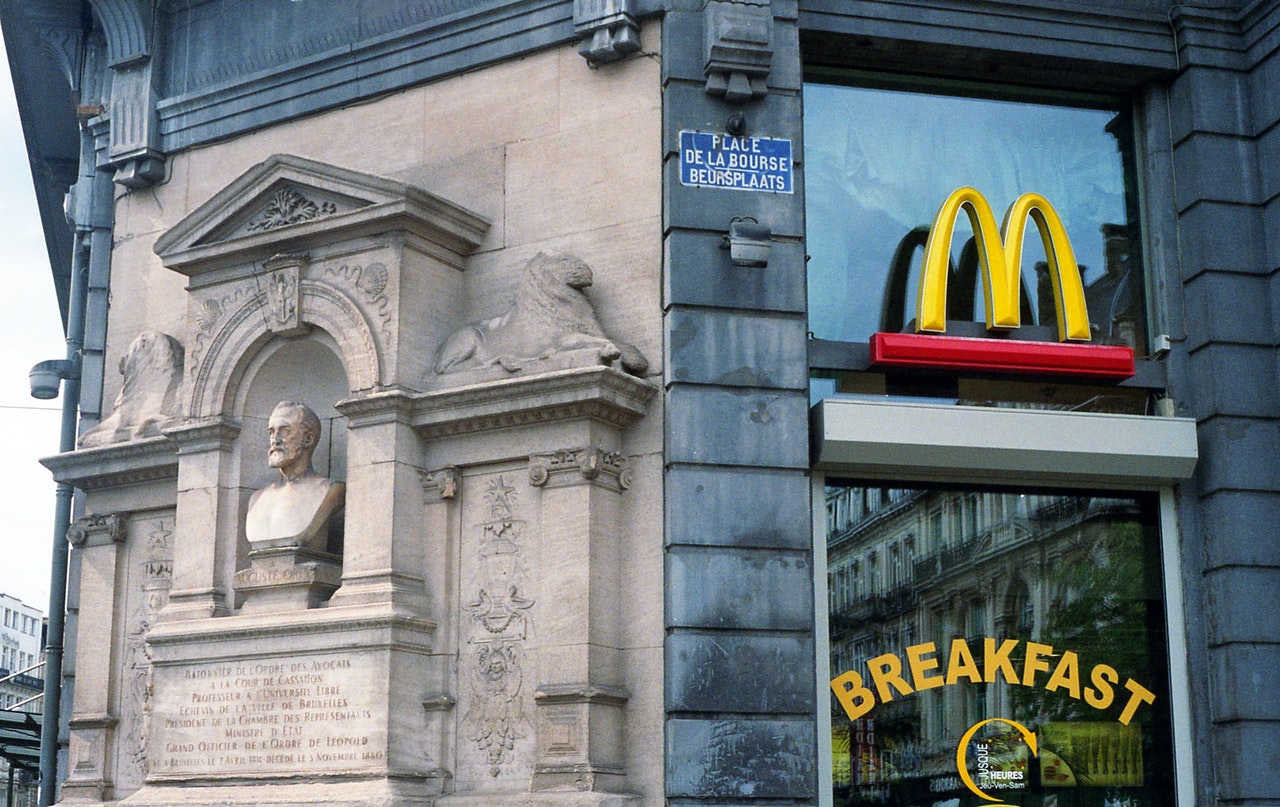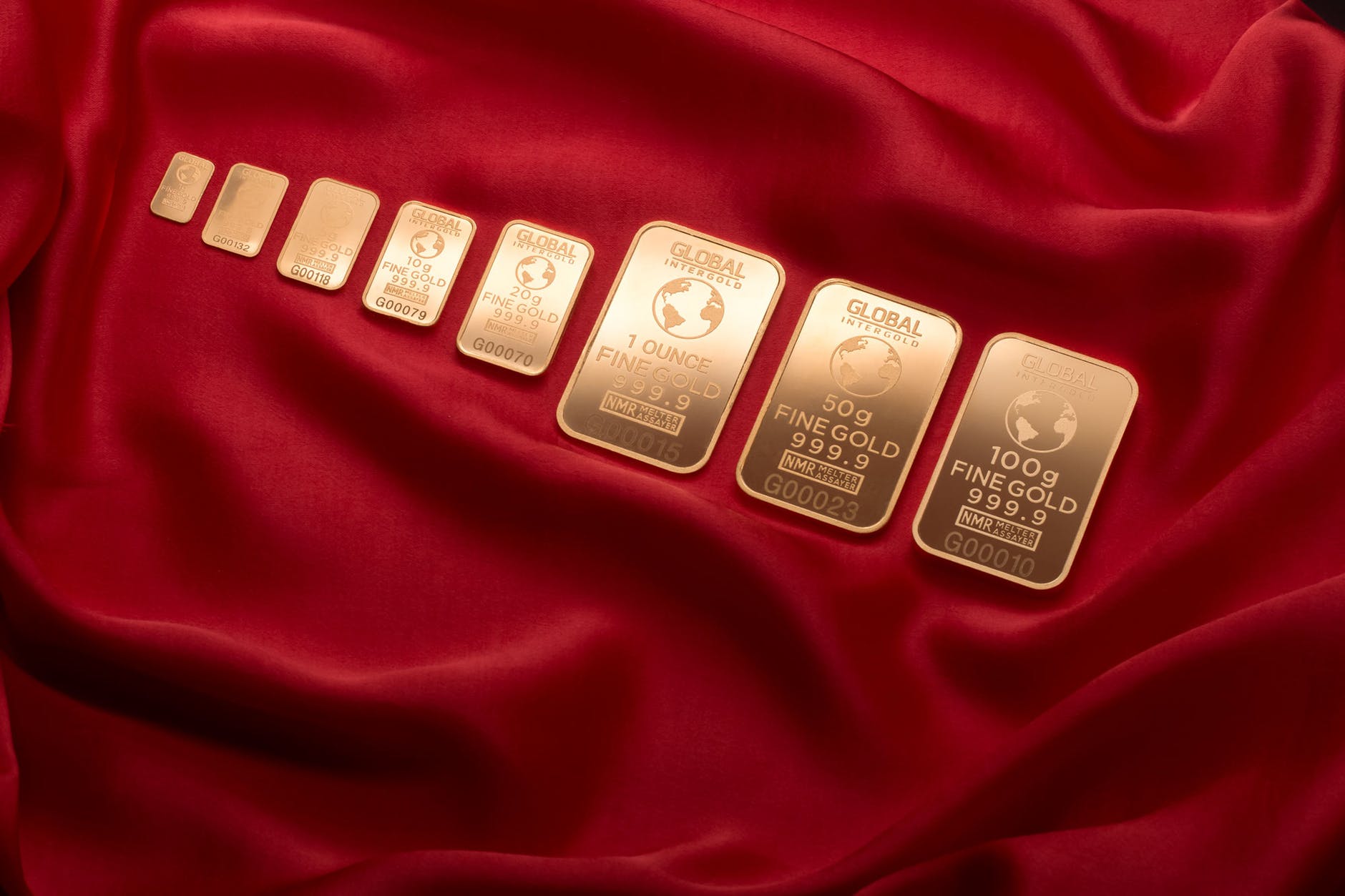Reading Time: 2 minutes
- A producer produces a film by investing his/her personal wealth or by borrowing from a financier, bank or corporate, or by partnering with a production house such as Fox Studios etc.
- A distributor buys theatrical rights (worldwide, all India or of one of the 14 movie circuits such as Mumbai, Delhi/UP, WB etc.); in cases where a distributor buys worldwide or all India rights, he may sell rights further to smaller circuit-level distributors.
- Nett collection of a movie is the total price paid for all the tickets bought by cinema-goers minus Tax.
- The cinema hall owners are called exhibitors and the nett collections are shared between them and distributors.
- For multiplex-exhibitors, the sharing is 50:50 in the 1st week; 2nd week onwards exhibitors’ share is higher (Week 2 – 58:42, Week 3 – 65:35, Week 4 onwards 70:30).
- Single screen exhibitors give a bigger share to distributors (70% to 90%) across all weeks.
- Now, let us say, a producer produced a film for $2 million (Mn); there are different models in which film distribution of this movie may work.
- Minimum Guarantee Royalty Model: In this model, a distributor pays a minimum guarantee for the distribution rights of the film, let’s say $2.5 Mn, generating a profit of $0.5 Mn for the producer.
- Whatever distributor makes (his share of nett collections) upto $2.5 Mn + a percentage (usually 20% to cover operational cost) i.e. $3 Mn, the distributor retains.
- Distributor’s revenue above $3 Mn is divided 50:50 between him & the producer.
- E.g., if the distributor made $4 Mn, $1 Mn ($4 Mn – $3 Mn) will be divided between the distributor ($0.5 Mn) and the producer ($0.5 Mn); if the movie made less than $2.5 Mn, it is a loss to the distributor.
- Model 2: Outright purchase: In this model, the distributor pays an upfront fee to purchase the movie & both loss or profit is on the distributor.
- Model 3: Commission-based: In this model, the distributor doesn’t pay anything but promises to screen the movie on a certain number of screens for a commission; so the entire risk is on the producer.
- Even if the movie doesn’t do well, the distributor gets his agreed commission; this model is more prominent for lesser-known cast or when the distributor is not confident of big nett collections.
- Model 4: Advanced Commission: This model is like Minimum Guarantee model but the amount is refundable in case the movie doesn’t do well.
- E.g. if the distributor made $4 million, he will pay the producer $2.5 Mn (point 8 above) + $0.5 Mn (profit-sharing – point 11); but if it made only $1 Mn, the producer will refund $1.5 Mn (loss) + also pay an agreed commission.
Image courtesy of Picture by Pikrepo
Reference shelf :





